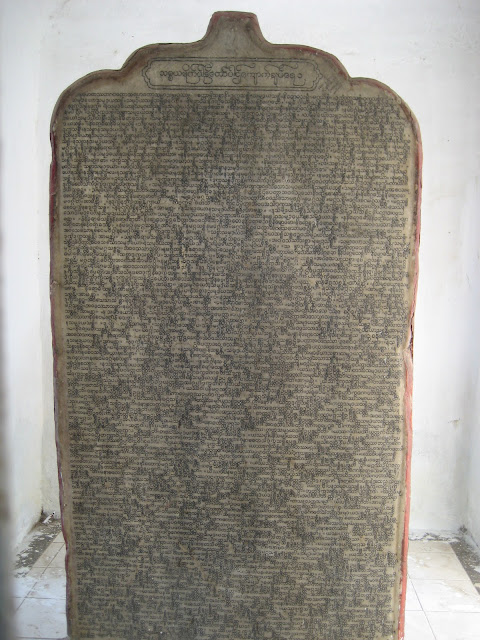When I was sixteen I became a vegetarian. I used to go to my local health food store - they weren't mainstream at that time - every weekend. I often ran into this strange and delightful man in the parking lot, giving away organic citrus fruit and extolling the virtues of organic foods and vegetarianism. He was preaching to the choir, but I liked talking to him. It was hard to find organic produce then, unless you grew it yourself, and it was very expensive. So I enjoyed getting the citrus fruits and his special bars. He was a walking advertisement for a healthy lifestyle and the main reason I liked to talk to him, aside from the subject matter, was that he spoke to me like an adult and never, ever leered. Something a braless, hippie-wannabe girl often encountered. I knew who he was because I had seen him so often on
The Steve Allen Show. He was Gypsy Boots.
 |
Gypsy Boots in Santa Cruz on August 26, 1968.
Image courtesy of Corvello & Corvello Historical Photo Collection. |
Born Robert Bootzin in 1914, and also known as Boots Bootzin, he was an original. He extolled a natural lifestyle eating healthy foods, exercising, and being positive. He never ate meat, drank alcohol, or smoked tobacco. He is credited for founding a natural lifestyle that included vegetarianism, yoga, and "health food". He even coined the word "smoothie" on
The Steve Allen Show, as he offered his fruit health drink. Long before there were hippies, he was the prototype.
 |
| Gypsy Boots with bodybuilder Dave Draper. |
He was born in San Francisco and raised vegetarian. His Russian-Jewish family hiked, did Russian folk dancing, and fed the homeless on their homemade black bread. By 1933 he had dropped out of high school and wandered with others of "his kind". In the 40s he lived with his "tribesmen" near Palm Springs, where they lived off the land and under the stars, sleeping in caves and trees and bathing under waterfalls. They picked fruit seasonally, and called themselves the "Nature Boys". Boots is said to be the inspiration for a song that fellow tribesman eden ahbez wrote (he preferred lower case letters). This song made it big time when it was recorded by Nat King Cole in 1948, and has been recorded by many artists since then.
 |
The Nature Boys in Topanga Canyon, 1948.
Gypsy is in the back row, left. ahbez is in front. |
In 1958, he married and settled down in Hollywood, where he raised three kids. His health food store "Health Hut" was the first of its kind and Hollywood celebrities patronized it - think Gloria Swanson, Kirk Douglas. Besides smoothies, he also concocted an all-natural, sugar-free "Boots Bar" with spirulina, wheat grass, kyolic garlic and Medjool dates.
 |
Eating grapes while lying on a bed of nails.
Image courtesy of Robert Carl Cohen, 1999. |
He might have remained a local legend but for television. In 1955 he was on
You Bet Your Life. Groucho stated that he admired his rugged individualism. He made appearances with Spike Jones and his musical comedy group. He was also on George Putnam's
Talk Back show. But he really became nationally known thanks to
The Steve Allen Show. He appeared on it 25 times in the 60s.
In 1968 he cut his own album - Unpredictable - on Sidewalk Records (a sub label of Tower Records and distributed by Capitol). He also wrote a couple of books -
Barefeet and Good Things to Eat and
The Gypsy in Me. Being that he was a Hollywood resident, of course he was in a few movies:
The Game;
Mondo Hollywood,
Swingin' Summer, and
Confessions of Tom Harris.
An early advocate for healthy products, he became a spokesman for kyolic garlic. He did some PR for a Sonoma cheese factory, offering garlic-flavored "Sonoma Jack" cheese at his booths at health fairs and at fairs in the Sonoma valley.
In his later life he could still be seen at health food stores, health fairs, and farmers' markets. He was an avid football fan, especially of the USC Trojans, and at age 86 he could throw a football forty yards.

He died just eleven days short of his 90th birthday in 2004. He is most probably remembered as one of those Hollywood/Southern California weirdos, especially to those who have lived in a rigid box. Quirky, warm, funny, and the precursor to the Energizer Bunny, I will remember him as someone who "found" himself early in his life, and dared to be that person long before some of the things he advocated became not only acceptable, but "cool". It was serendipitous to have found the photo above, courtesy of the Whole Wheatery, a health food store near my neck of the woods. It was here that I saw him last, not long before he passed. We spoke of the old days (he remembered the health food store and hanging out in the parking lot passing out fruit, but not, alas, me!) and the changes he'd seen in his lifetime. He gave me a booklet he was selling and autographed it for me. What a guy!
***************
Images unless otherwise noted from his personal
website.
*******************************








































